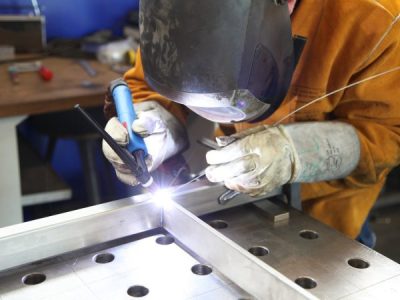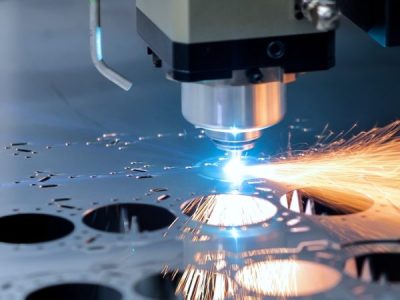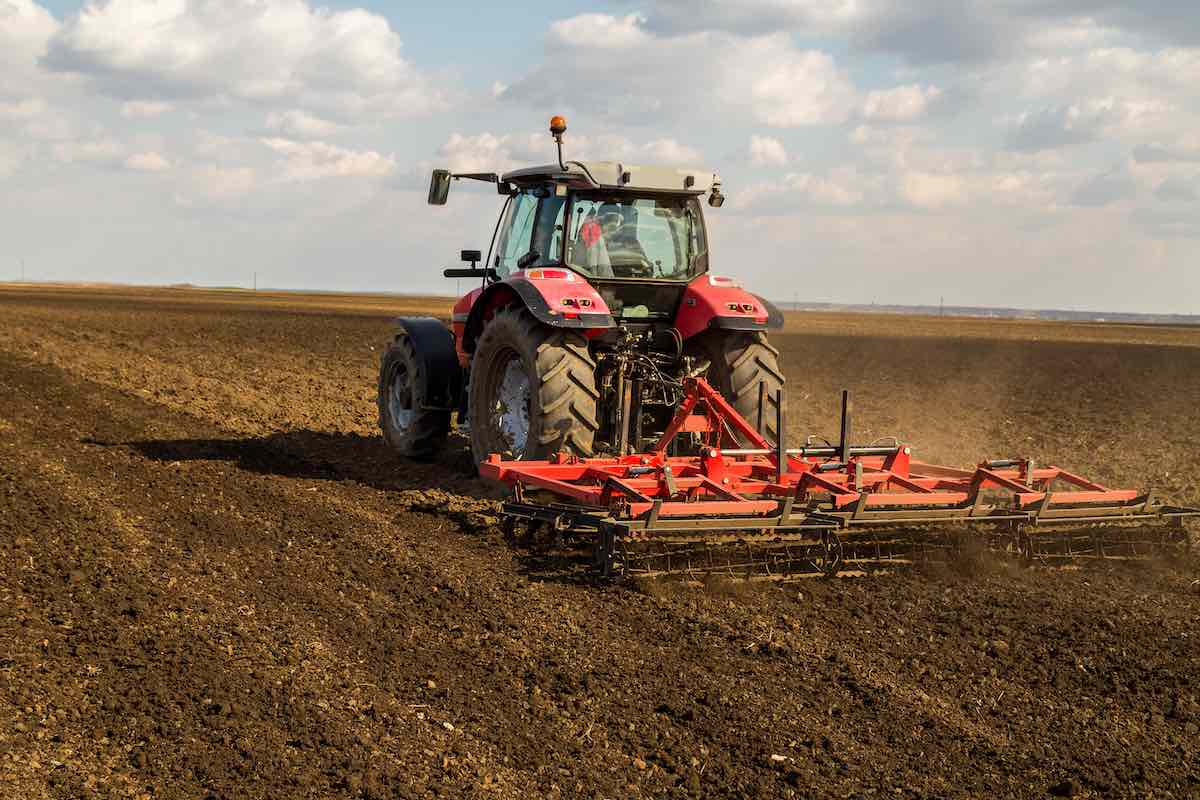
Restoring agricultural equipment is a smart investment that extends its lifespan, improves functionality, and maintains its value. Over years of hard work in tough conditions, machinery like tractors, harvesters, and other farm vehicles can suffer wear and tear, rust, and reduced performance. Luckily, there are several restoration techniques available to rejuvenate your agricultural equipment. Here’s a guide to bringing your machinery back to life:
1. Deep Cleaning and Decontamination
The first step in restoring agricultural equipment is a thorough cleaning. Dirt, oil, and chemical residue can build up on machinery, affecting its performance and appearance. A deep clean involves pressure washing to remove grime that has accumulated in hard-to-reach areas. Decontaminating the equipment surface is crucial before performing any other restoration steps, as it prevents rust spread and creates a clean foundation for further maintenance.
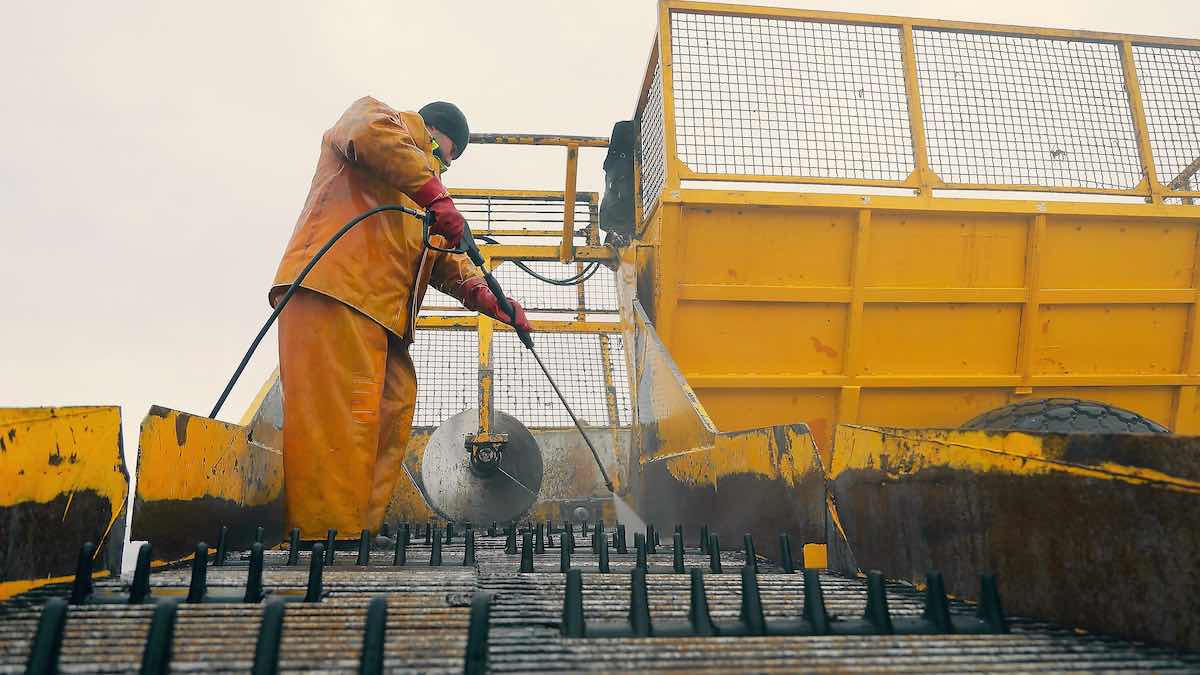
2. Repair and Replacement of Worn Parts
After cleaning, it’s essential to inspect all mechanical and structural components for signs of wear or damage. Common issues in agricultural equipment include damaged hydraulic lines, worn belts, and corroded fasteners. Replacing or repairing these parts before they cause equipment failure is essential for safety and longevity.
Hydraulic Systems: Check for leaks or damage in hoses, pumps, and cylinders. Replacing or repairing worn components ensures smoother operations and prevents breakdowns in the field.
Electrical Components: Inspect and, if necessary, replace damaged wires, connectors, and batteries. Agricultural equipment often endures extreme weather, so electrical parts can degrade quickly.
Mechanical Parts: Check moving parts like belts, pulleys, and chains, as well as larger components like gears and shafts. Replacing these ensures the machine functions as intended and avoids costly breakdowns.
3. Lubrication and Fluid Replacement
Machinery that works in dusty or muddy environments is prone to contaminants in its lubricants, oils, and fluids. Regularly replacing these fluids is crucial in restoration to prevent friction and corrosion from taking a toll on the internal components.
Engine Oil: Replace the oil and oil filter to protect the engine’s moving parts from wear and tear.
Hydraulic Fluid: Fresh hydraulic fluid helps maintain pressure and movement in the machine’s hydraulic systems, reducing strain on parts.
Greasing: Apply grease to all joints, bearings, and pivot points. This helps prevent friction and keeps parts moving smoothly.
Routine lubrication and fluid changes are simple but powerful methods to extend equipment life, especially in machinery that deals with heavy loads or frequent operation.
4. Surface Rust Removal and Treatment
Rust is one of the biggest culprits in agricultural machinery wear. Treating rust early stops it from spreading, preserving the integrity and appearance of your equipment.
Mechanical Rust Removal: Use wire brushes, sandpaper, or abrasive blasting to remove rusted sections. Surface rust can often be treated without invasive procedures if it hasn’t penetrated deeply.
Rust Converters and Sealers: For stubborn rust spots, rust converters can chemically change rust into a stable, paintable surface. Sealers prevent rust from developing on vulnerable areas in the future.
By removing and treating rust, you’re strengthening your machinery against the elements, which is especially important in humid or rainy regions.
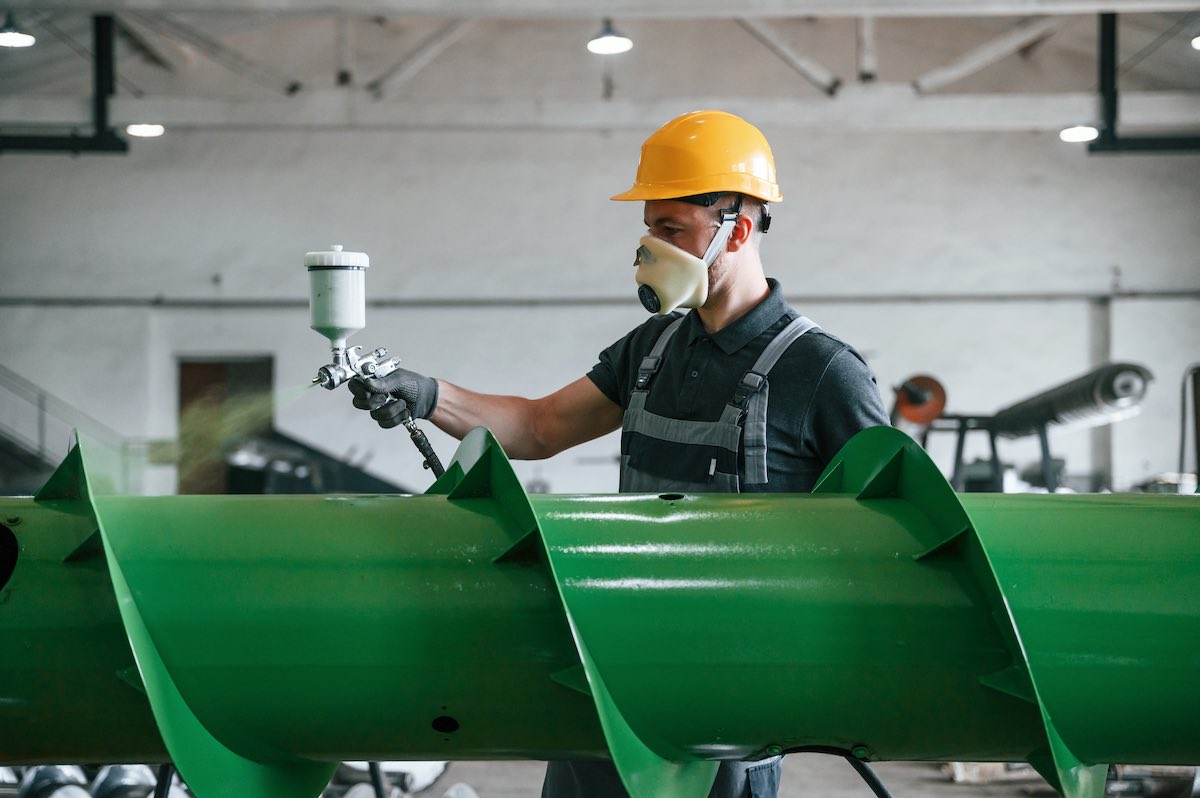
5. Professional Spray Painting in a Spray Booth
Once your equipment is cleaned, repaired, and rust-free, applying a fresh coat of paint is a powerful final step in the restoration process. A quality paint job not only gives your machinery a new look but also adds a layer of protection against the elements. Professional spray painting in a dedicated spray booth offers several advantages:
Expert Preparation: If you’re worried that you didn’t get all the rust on your own, a professional spray painting service can ease your anxiety. Before any paint touches a machine, every surface is suitably prepped to ensure the substrate is in peak condition before painting.
Controlled Environment: Spray booths eliminate contaminants like dust, moisture, and debris, ensuring an even, flawless paint application. In contrast, outdoor or open-area painting can lead to uneven coats, dust particles, and inconsistent finishes.
Protection Against Rust and Corrosion: Paint acts as a shield against moisture, preventing rust from forming. This layer of protection is particularly important in agricultural equipment that’s often exposed to rain, mud, and humidity.
Enhanced Resale Value: A professional paint job makes equipment look newer and well-maintained, which can increase its resale value or rental appeal.
In addition to a fresh look, professional spray painting reinforces the machinery’s surface, extending its life. A controlled spray booth application offers a level of precision and quality that isn’t possible in typical outdoor or DIY settings, ensuring long-lasting protection.
6. Final Checks and Reassembly
After all repairs and painting are complete, a final round of checks ensures everything is in perfect working order:
Operational Testing: Check the machinery’s moving parts, fluid levels, and operational safety features to confirm that everything works as expected.
Reassembly and Adjustment: If parts were disassembled for repairs, carefully reassemble and adjust as needed. This is especially important for hydraulic systems and electrical components.
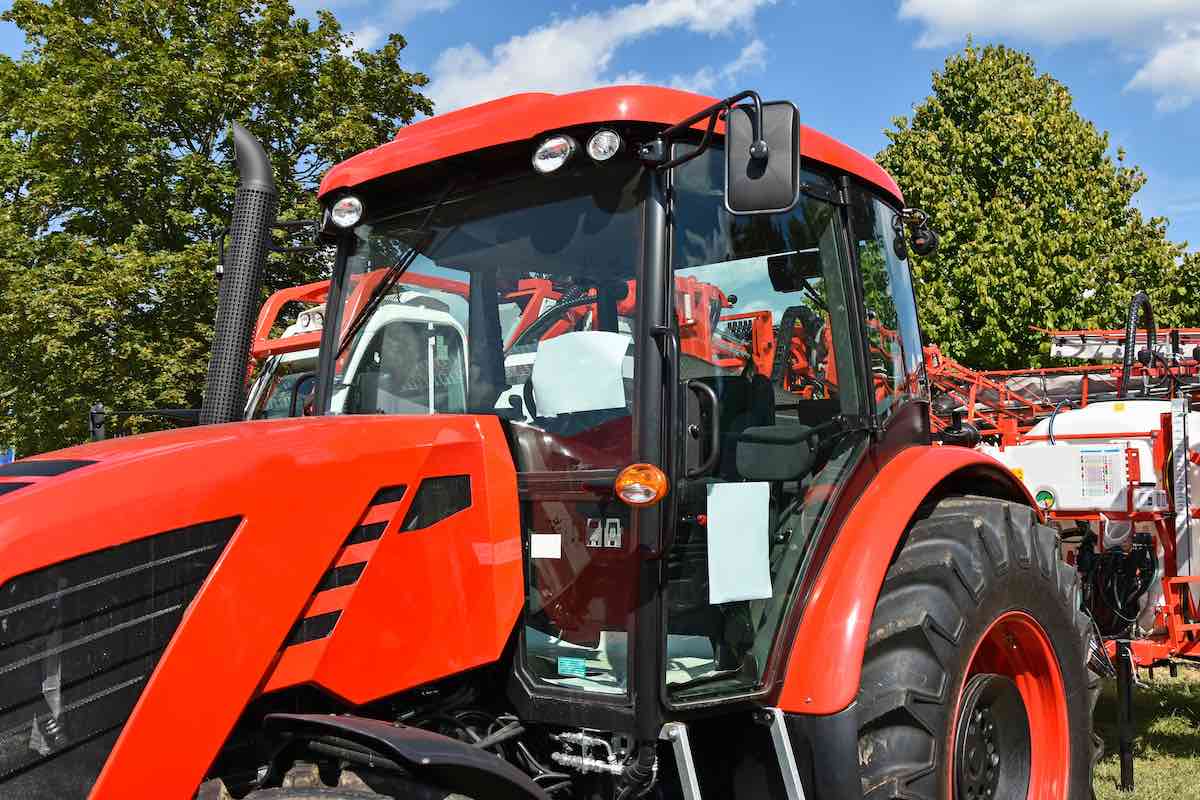
Benefits of a Thorough Restoration Process
Restoring agricultural equipment is a worthwhile investment for several reasons:
Extended Lifespan: Regular restoration and maintenance can add years to your machinery, maximising your investment and reducing the need for replacements.
Improved Safety and Performance: Well-maintained equipment operates safely and performs efficiently, reducing risks for operators and enhancing productivity.
Lower Long-Term Costs: By addressing wear, rust, and mechanical issues before they escalate, restoration reduces costly repairs and downtime.
Better Resale or Trade-in Value: Restored machinery, particularly with a fresh paint job, can be sold or traded at a better price, offering you a return on your maintenance efforts.
Invest in restoration to keep your equipment running smoothly, looking sharp, and lasting longer. Contact APT Spray Painting today to discuss how we can support your agricultural equipment restoration needs!


